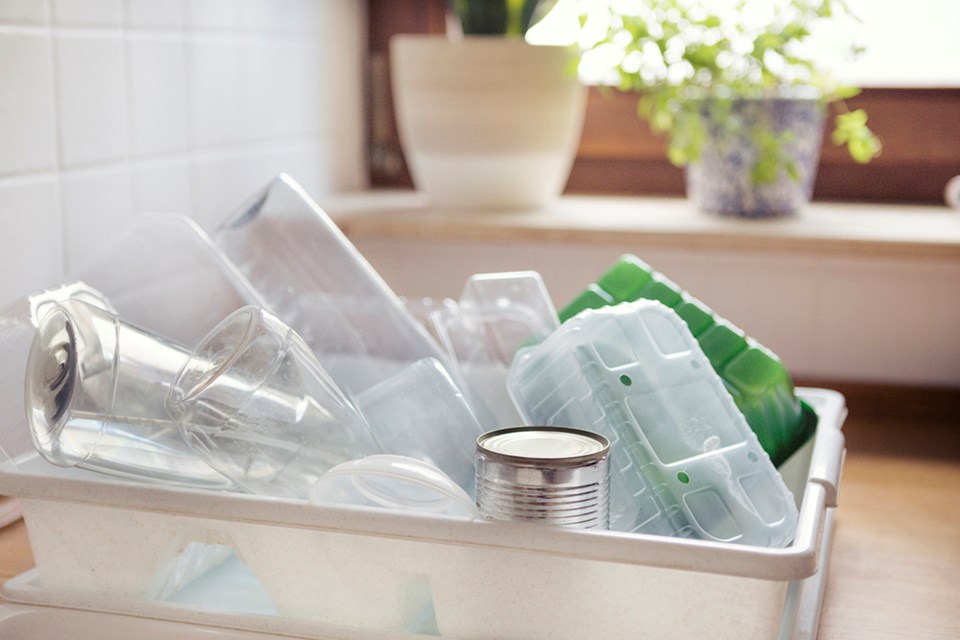If you’ve ever been the eco-hero who separates wilted salad from a plastic container so you could recycle it and compost the contents, thank you. You’re probably also the kind of person who labels their spices.
The challenge is that not every household has a hero willing to learn the ropes of the complexities of managing recycling and composting.
It would be much less of a headache if, say, everything food was packaged in was made of truly compostable “plastic.” Couldn’t we then simply toss the wilted salad and container into one bin, smiling that it was all re-entering the food chain? This reality is the one dreamed of by countless entrepreneurs and start-up companies these days. It does, however, have major roadblocks to success.
What stands in the way of compostable plastics becoming the new standard for single-use items such as coffee lids, cutlery and restaurant to-go containers? More than you might think.
The market has been flooded with all manner of plastics. The average consumer has little time to distinguish between the vastly different – often hard to read – labels promising materials that are biodegradable, compostable, flushable, plant-based, bioplastic or certified compostable.
Unbeknownst to many, biodegradable simply means something breaks down into smaller pieces of itself over time. Literally everything does this, including plastic. The only type of plastic designed to break down into food for microorganisms in the soil and become part of the nutrient cycle is certified compostable plastic. Even this, however, is not intended for a backyard composter, where temperatures rarely reach required heights for the decomposition process.
It might surprise you to learn that many composting facilities are refusing even certified compostable plastic these days for a few sound reasons. They are often engineered to break down fully only after being cycled through the facility’s entire process several times. Add to this the significant challenge of how similar all types of single-use plastics look, especially when whipping by on a conveyor belt smeared with food waste or partly ripped to shreds.
Microplastics found in finished product
It is an improbable task for composting facility staff to have time to remove plastic but leave compostable materials. For this very reason, we regularly find microplastics littering the finished compost we bring home to our gardens.
Equally problematic, compostable plastics that erroneously get placed in the recycling bin are considered contamination to the load. When enough compostable plastic is mixed in with plastic, it reduces the quality of the recycled plastic, making it apt to degrade sooner than expected.
All of these challenges with compostable plastic have led to head scratching for solid solutions. Reducing waste before it starts is the highest level to stem the waste and confusion associated with single-use plastic packaging and products.
Try packing your own shopping bag or basket, bringing your own water bottle, and having a set of reusable cutlery wherever you go. Find out if your local cafes and restaurants are part of a “shareable” washable to-go container program, and suggest they look into this if not.
Reduction before recycling and composting will accelerate how quickly we target zero waste goals.
Let’s Talk Trash is qathet Regional District’s waste-reduction education program. For more information, email [email protected] or go to LetsTalkTrash.ca.





